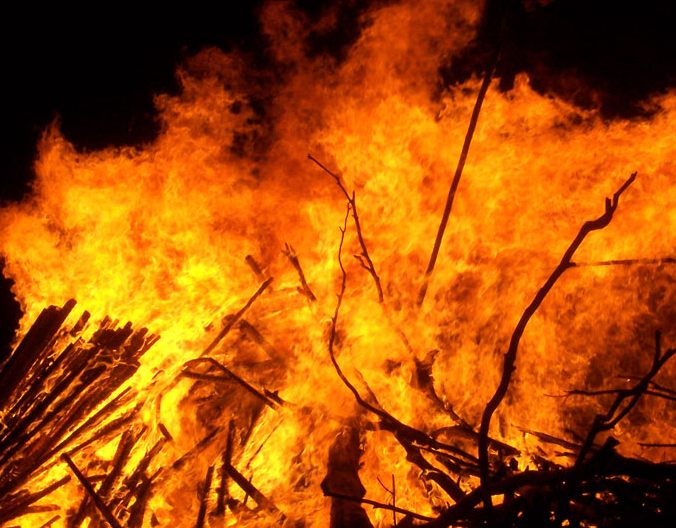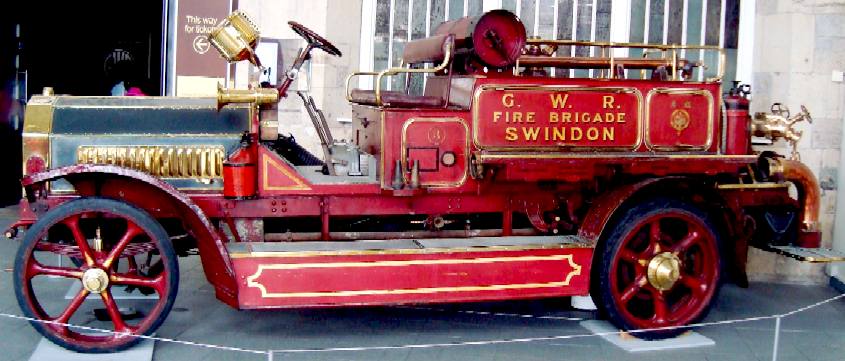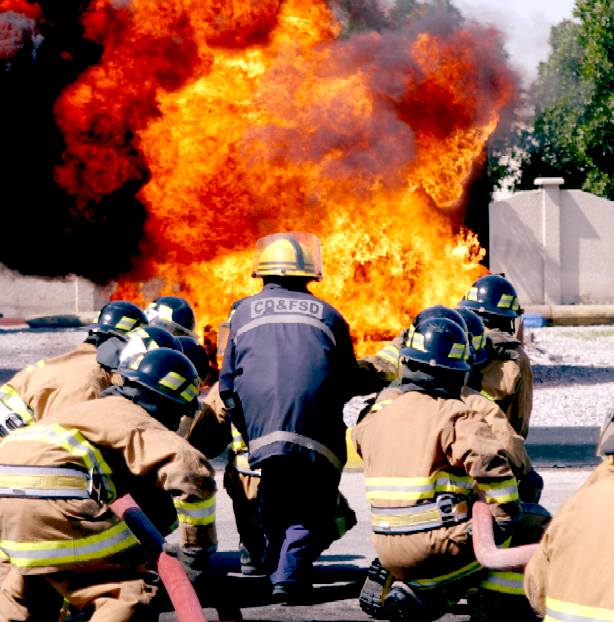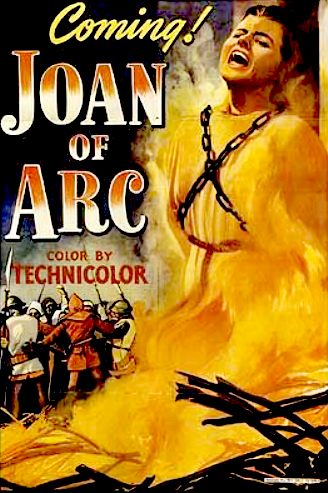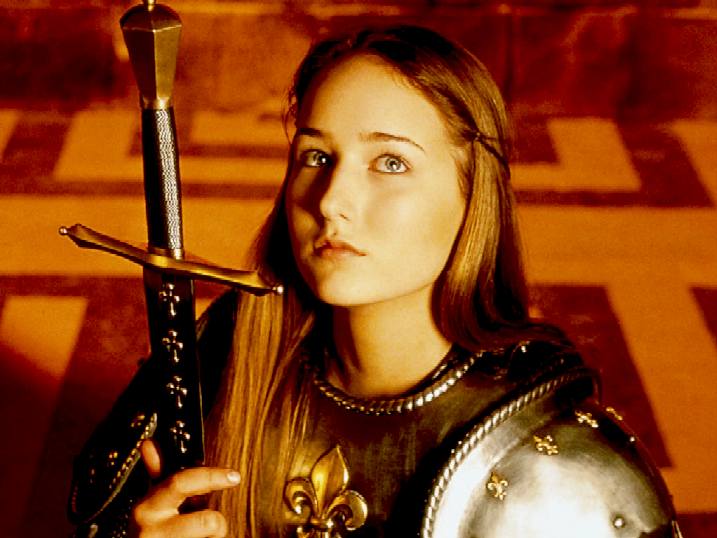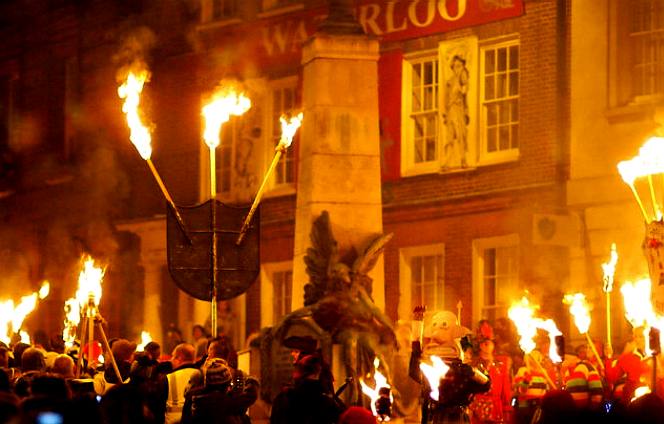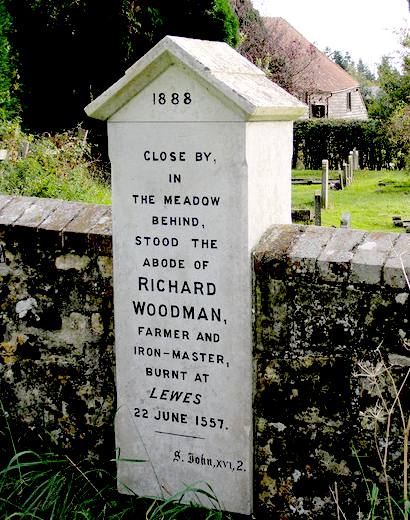|
FIRE
|
||
|
A large bonfire is warming and fascinating. The energy released in such a blaxe is significant. On a larger scale, forest fires do a lot of damage and claim the lives of just about all living things in its path.
Humans learned long ago the value of fire to cook food, which increases its calorific value and sterilizes. Fire is just as useful for heating; central heating these days. Dare we say that fire is essential in some geographical regions. We ignite fuels such as petrol for transport. We heat metals to join them. Fire is then a part of modern living and can be extremely dangerous, such as forest fires, or when a house catches alight.
We used fire to create light with candles and oil lamps. Fires were used for long range signaling, before Edison perfected the incandescent filament bulb, now being replaced by high power LEDs.
CHEMICAL REACTION
Fire is the rapid oxidation of a material in the exothermic chemical process of combustion, releasing heat, light, and various reaction products. Oxygen is thus the essential ingredient of fire, which when combined with another chemical generates heat.
Slower oxidative processes like
rusting or
digesting food, while technically the same process, by virtue of the
slow speed, are not included in this definition.
The negative effects of fire include hazard to life and property, atmospheric pollution, and water contamination. If fire removes protective vegetation, heavy rainfall may lead to an increase in soil erosion by water. Also, when vegetation is burned, the nitrogen it contains is released into the atmosphere, unlike elements such as potassium and phosphorus which remain in the ash and are quickly recycled into the soil. This loss of nitrogen caused by a fire produces a long-term reduction in the fertility of the soil, which only slowly recovers as nitrogen is "fixed" from the atmosphere by lightning and by leguminous plants such as clover.
HUMAN CONTROL
The ability to control fire was a dramatic change in the habits of early humans. Making fire to generate heat and light made it possible for people to cook food, increasing the variety and availability of nutrients. The heat produced would also help people stay warm in
cold weather, enabling them to live in cooler climates. Fire also kept nocturnal predators at bay. Evidence of cooked food is found from 1.9 million years ago, although there is a theory that fire could have been used in a controlled fashion about
1,000,000 years ago. Evidence becomes widespread around 50 to 100 thousand years ago, suggesting regular use from this time; interestingly, resistance to
air pollution started to evolve in human populations at a similar point in time. The use of fire became progressively more sophisticated, with its being used to create charcoal and to control wildlife from tens of thousands of years ago.
By the Neolithic Revolution, during the introduction of
grain-based agriculture, people all over the world used fire as a tool in landscape management. These fires were typically controlled burns or "cool
fires", as opposed to uncontrolled "hot fires", which damage the soil. Hot fires destroy plants and animals, and endanger communities. This is especially a problem in the forests of today where traditional burning is prevented in order to encourage the growth of
timber crops. Cool fires are generally conducted in the spring and autumn. They clear undergrowth, burning up biomass that could trigger a hot fire should it get too dense. They provide a greater variety of environments, which encourages game and plant diversity. For humans, they make dense, impassable forests traversable. Another human use for fire in regards to landscape management is its use to clear land for agriculture.
FIRE BRIGADE
A fire department or fire brigade (also known as a fire and rescue service or simply fire service) is a public or private organization that provides predominantly emergency firefighting and rescue services for a certain jurisdiction, which is typically a municipality, county, or fire protection district. A fire department usually contains one or more fire stations within its boundaries, and may be staffed by career firefighters, volunteer firefighters, or a combination thereof (referred to as a combination department).
FIRE BRIGADE CONTACTS
London Fire Brigade
JOAN OF ARC
BONFIRE NIGHT
We owe a special debt of gratitude to Guy Fawkes, who gave us the celebration of his bungled political gesture, though we're sure many of you might agree that the UK Government cost the British taxpayer so much in wasted running costs, that blowing up the Houses of Parliament might seem like a good idea. Still, any excuse for a bonfire and the cold nights that are typical of November the 5th, are perfect for torch led processions ending with a roaring blaze and fireworks celebrations.
Several
Bonfire Societies in Sussex are responsible for the series of bonfire festivals around
Sussex along with parts of Surrey and Kent from September - November. These celebrations mark both Guy Fawkes Night and the burning of 17 Protestant martyrs in Lewes' High Street from 1555 to 1557, during the reign of Mary Tudor.
Joan of Arc did not suffer this barbaric torture alone - and it makes us
wonder how one human being can be so sadistic to another.
These nights of revelry date back much further into history than
Guy Fawkes and it was much later that the existing pagan traditions were appropriated for
Christian and political aims. 19th century antiquary Mark Antony Lower is credited with starting the "cult of the
Sussex Martyrs" aided by an etching by James Henry Hurdis of Richard Woodman and nine others being burnt.
FIRE LINKS
Wikipedia Richard_Woodman martyr Wikipedia Sussex_Bonfire_Societies lewes bonfire celebrations societies lewes bonfire council societies http://en.wikipedia.org/wiki/Fire http://www.southoverbs.com/ http://www.lewes.co.uk/Bonfire/ http://www.cliffebonfire.com/ http://en.wikipedia.org/wiki/Richard_Woodman_%28martyr%29 http://en.wikipedia.org/wiki/Sussex_Bonfire_Societies http://www.lewesbonfirecelebrations.com/lewes-bonfire-societies/ http://www.lewesbonfirecouncil.org.uk/societies/ http://en.wikipedia.org/wiki/Joan_of_Arc http://www.fireservice.co.uk/ http://en.wikipedia.org/wiki/Fire_department http://www.london-fire.gov.uk/
Healthier alternative tastes for adventure capitalists
(330ml and 250ml alu cans 500ml PET bottle)
|
||
|
This website is Copyright © 1999 & 2014 Max Energy Limited, an environmental educational charity working hard for world peace. The names Solar Navigator™,Blueplanet BE3™, Ecostar DC50™ and Utopia Tristar™ are trademarks. All other trademarks are hereby acknowledged.
|
